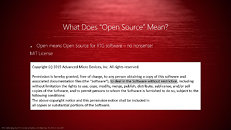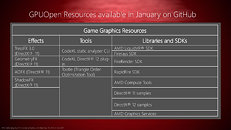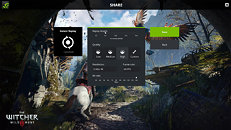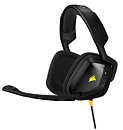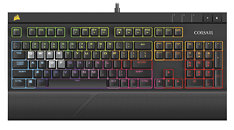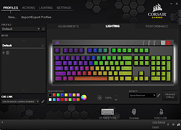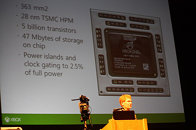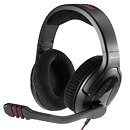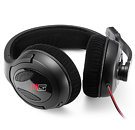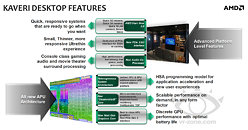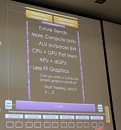
PlayStation 4K to Feature a 2,304-SP AMD "Polaris" GPU
Sony's upcoming 4K Ultra HD game console, which its fans are referring to as the "PlayStation 4K," while being internally referred to by Sony as "NEO," could feature a very powerful GPU. AMD could custom-design the SoC that drives the console, to feature an 8-core 64-bit x86 CPU based on the "Jaguar" micro-architecture, running at 2.10 GHz; and a GPU component featuring 36 compute units based on "next-generation Graphics CoreNext" architecture.
36 next-gen GCN compute units sounds an awful lot like the specs of the Polaris10 "Ellesmere" chip in its Radeon R9 480 configuration, working out to a stream processor count of 2,304 - double that of the 1,152 on the current-gen PlayStation 4. The SoC is also rumored to feature a 256-bit GDDR5 memory interface holding 8 GB of memory. This memory will be used as both system and video memory, just like on the current-gen PlayStation 4. The memory bandwidth will be increased to 218 GB/s from the current 176 GB/s. Besides 4K Ultra HD gaming, this chip could also prepare Sony for VR headsets, leveraging AMD's LiquidVR tech.
36 next-gen GCN compute units sounds an awful lot like the specs of the Polaris10 "Ellesmere" chip in its Radeon R9 480 configuration, working out to a stream processor count of 2,304 - double that of the 1,152 on the current-gen PlayStation 4. The SoC is also rumored to feature a 256-bit GDDR5 memory interface holding 8 GB of memory. This memory will be used as both system and video memory, just like on the current-gen PlayStation 4. The memory bandwidth will be increased to 218 GB/s from the current 176 GB/s. Besides 4K Ultra HD gaming, this chip could also prepare Sony for VR headsets, leveraging AMD's LiquidVR tech.









